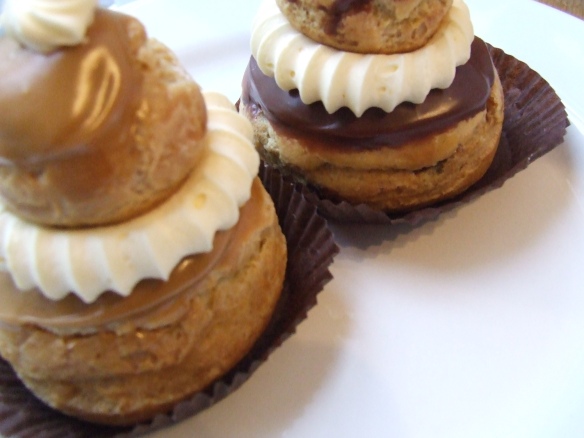

In June 2013, I spent ten days in a region of Italy that I had wanted to explore for a long time. Puglia is located in the heel of Italy’s boot and now easily accessible thanks to the two low-cost European airlines, Ryanair and Easyjet. I paid 30 euros for a flight from Paris to Brindisi. Brindisi is an old, rundown but interesting port city (watch out for pickpockets and don’t wander around at night.)
The region is not one of Italy’s traditional tourist destinations, but is becoming increasingly popular as travellers discover the area’s varied charms: baroque towns, white-washed trullo houses, olive groves and orchards, blue sea and beaches, plenty of sunshine and excellent cuisine.
The people of Puglia are lovely – authentic, generous and happy to be of service. The tourist industry is crucial to the economy of this once very poor agricultural region. Arriving at Brindisi train station and unsure of the location of my hotel, I asked one person for directions. Within 10 minutes a small crowd had gathered. Even though every person gave a different direction and, in the end, they were all wrong, I was touched by their solicitousness. Below are my travel posts from June 2013.
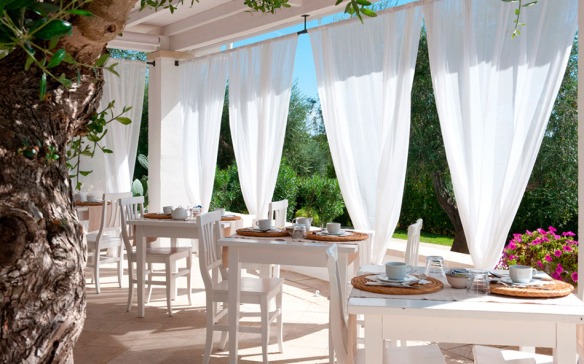
Off to Italy…..ci vediamo dopo!
I’m disconnecting from the internet and escaping to Italy. To the south. To a region I’ve never visited, but have always wanted to explore. Deep in the heel of Italy, to the region of Puglia.
I’m travelling light: a few books, my camera, sunscreen, light clothes and a writing pad. No phone, no laptop, no tablet. Just like the old days. Remember those days? Those carefree, uncluttered days? The idea is to work on my book project, but also to sightsee. And eat. And drink many caffès. And wander. And visit old churches and cathedrals. Of which there are many.
First stop: a secluded hotel among olive groves, near a coastal town called Otranto and the Adriatic Sea. And then onwards to Lecce, capital city known as the “Florence of the south” before meandering up the coast to Polignano a Mare.

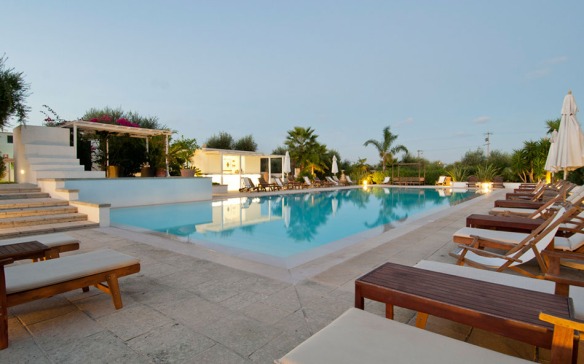
Here’s Luigi who, on my third day at the countryside hotel where I was staying, picked me up and drove me to nearby Otranto.

Half a day will suffice in this windswept small town. Just time enough for a brisk walk along the seafront (if you peer across the Adriatic Sea, you can see Albania on the other side), a seafood lunch and a visit to the old church to gaze at the spectacular and beautifully preserved mosaic floor depicting the Tree of Life. Crafted between 1163 and 1165, it’s the largest in Europe and almost intact.
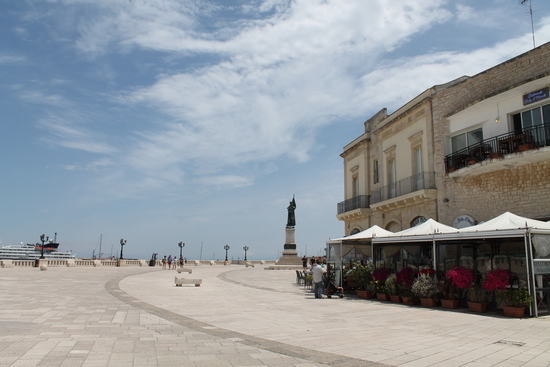


On Day 4, I took a taxi from my countryside hotel to the capital city of Lecce, pronounced Lechay (the “ch” pronounced like “church”). Someone has (incorrectly) coined the phrase “Florence of the south” for this city and I wonder why. Lecce is a Baroque city whereas Florence is a Renaissance city with a wealth of Renaissance art and architecture. (Lecce has few art galleries and museums.) As I walked, the words that came to mind to describe this place were “le bijou baroque du sud” (Baroque jewel of the south).
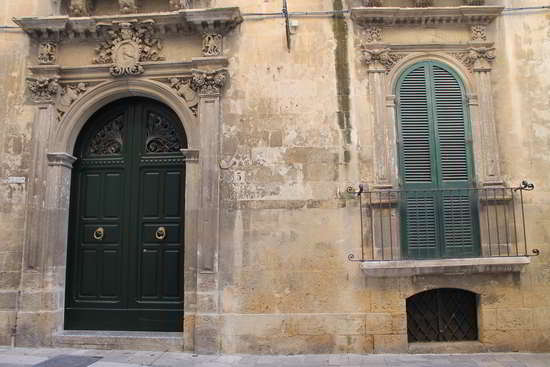
As soon as I arrived, I had a good feeling about this sun-baked, southern city despite it being 2 pm and everything shut up tight for siesta. Even the big fountain in the town square had been turned off. Even the animals were napping! My hotel also being closed (because I didn’t inform them of my arrival time), I strolled the deserted streets, wheeling my suitcase along the soft, porous cobblestones. Lecce stone is remarkable – white, smooth and composed of limestone and granite.




There are churches galore here – lavishly and exuberantly decorated. One guidebook describes the city as “a riot of cherubs”.


Click on this link below to keep travelling –

